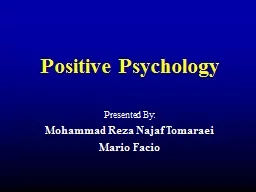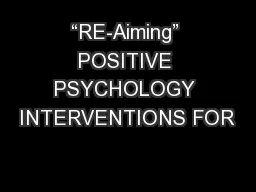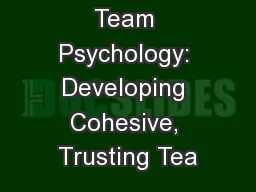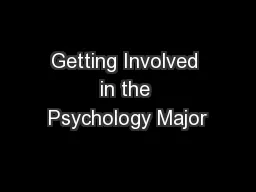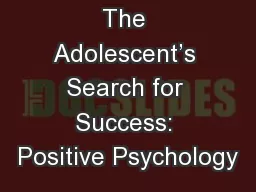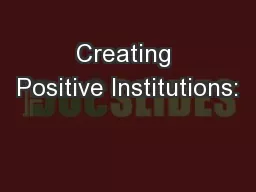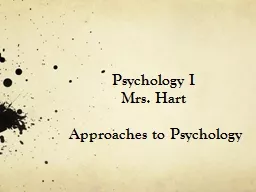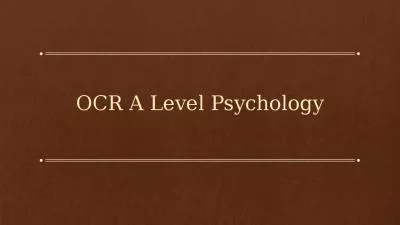PPT-Positive Psychology Presented By:
Author : yoshiko-marsland | Published Date : 2019-06-29
Mohammad Reza Najaf Tomaraei Mario Facio What is Positive Psychology Positive psychology is the scientific study of optimal human functioning that aims to discover
Presentation Embed Code
Download Presentation
Download Presentation The PPT/PDF document "Positive Psychology Presented By:" is the property of its rightful owner. Permission is granted to download and print the materials on this website for personal, non-commercial use only, and to display it on your personal computer provided you do not modify the materials and that you retain all copyright notices contained in the materials. By downloading content from our website, you accept the terms of this agreement.
Positive Psychology Presented By:: Transcript
Download Rules Of Document
"Positive Psychology Presented By:"The content belongs to its owner. You may download and print it for personal use, without modification, and keep all copyright notices. By downloading, you agree to these terms.
Related Documents

